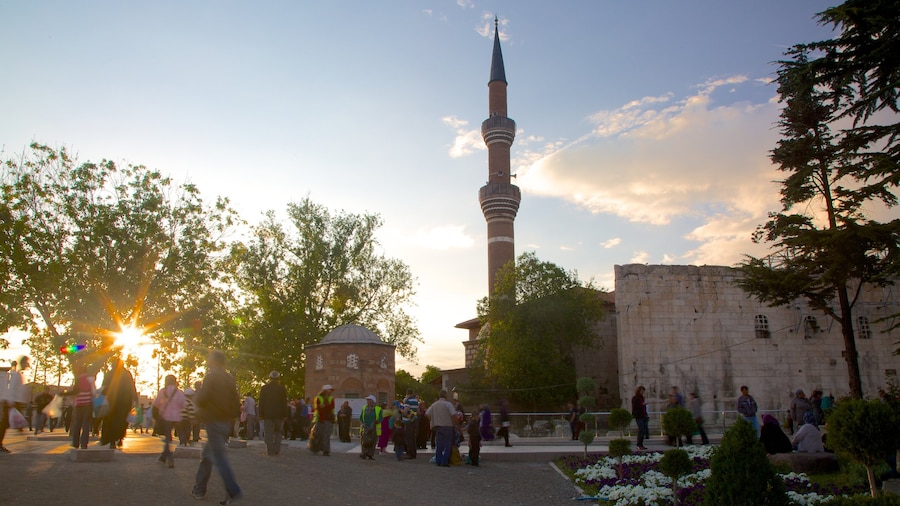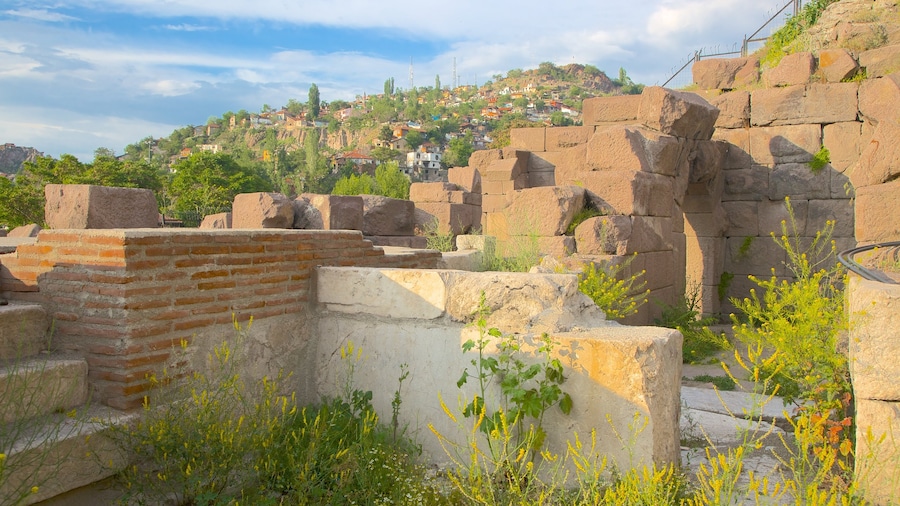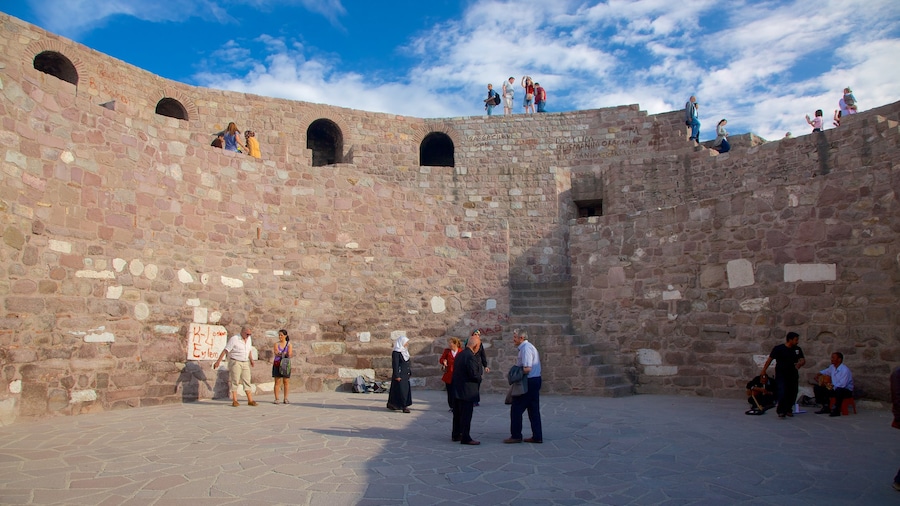Explore the remains of a temple that dates back 2,000 years. A surviving inscription tells the story of the first Roman emperor.
Monumentum Ancyranum is a well-preserved inscription that tells the story in Greek and Latin of the first Roman emperor Augustus, who died in A.D. 14. Marvel at the account of his life engraved on the walls of a former temple that dates back about 2,000 years. It tells of the emperor’s political career, charitable work and heroic accomplishments. The engraving has played an important role in teaching us about the life of the first Roman emperor and the way his subjects lived.
The site is often referred to as the Temple of Augustus and Rome. Although the story was carved at other locations across the Roman Empire, this temple in Ankara is the most complete surviving example. The story is known as Res gestae divi Augusti: “The deeds of the divine Augustus.”
When you arrive at the ancient structure, think of the bricklayers who built this temple using Ancient Roman ingenuity around 25 B.C. Read the information on the plaque to learn about the intriguing history of the temple over the last two millennia when Byzantine, Christian and Islamic worshippers used it.
Visit the temple at any time for free. Although it is difficult to get very close to the engraving, you can still appreciate its historical importance.
Relax in the park adjacent to the temple wall. Vendors in the large plaza sell religious paraphernalia.
The Roman temple is located next to the Haci Byram Mosque, a spiritual centre of Islam dedicated to a 14th-century poet and philosopher. Give Haci Byram Mosque as your destination to taxi drivers, who are often more familiar with the mosque than the Roman temple.
The Monumentum Ancyranum is about 1.5 miles (2.4 kilometres) north of the city centre of Ankara. Walk for a few minutes from Ulus, which is a transportation hub for buses and metro trains, to reach the temple. Nearby, you will find the Gençlik Park and the Ethnography Museum, where you can learn about the traditions and history of Turkey.


















